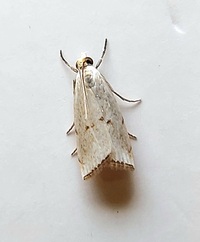
| Recorded by: Mark Basinger on 2025-11-07
Brunswick Co.
Comment: | 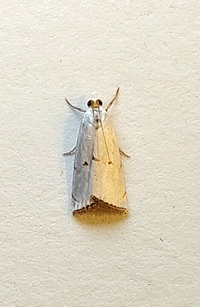
| Recorded by: Mark Basinger on 2025-10-02
Richmond Co.
Comment: |

| Recorded by: Mark Basinger on 2025-10-02
Richmond Co.
Comment: | 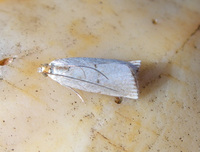
| Recorded by: R. Newman on 2025-09-24
Carteret Co.
Comment: |

| Recorded by: Jim Petranka, Mark Basinger and Becky Elkin on 2025-08-30
Richmond Co.
Comment: | 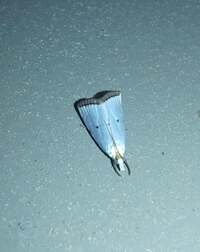
| Recorded by: Allison Garton on 2025-08-29
Moore Co.
Comment: |
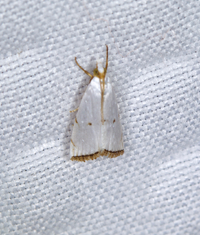
| Recorded by: Jim Petranka, Mark Basinger and Becky Elkin on 2025-08-29
Richmond Co.
Comment: | 
| Recorded by: R. Newman on 2025-08-28
Carteret Co.
Comment: |
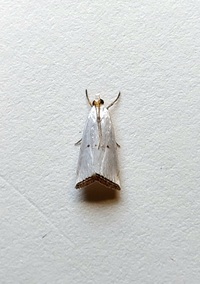
| Recorded by: Mark Basinger on 2025-08-21
Wilson Co.
Comment: | 
| Recorded by: Sarah Toner and Larry Chen on 2025-08-03
Beaufort Co.
Comment: |
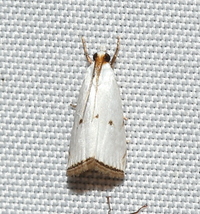
| Recorded by: David George on 2025-06-29
Richmond Co.
Comment: | 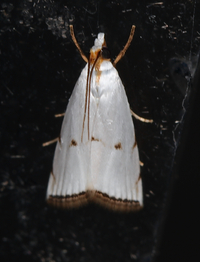
| Recorded by: Jim Petranka, Mark Basinger and Becky Elkin on 2025-06-29
Richmond Co.
Comment: |
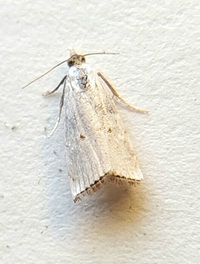
| Recorded by: Mark Basinger on 2025-06-07
Wilson Co.
Comment: | 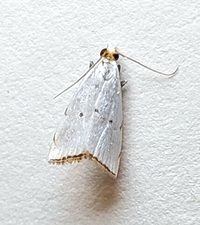
| Recorded by: Mark Basinger on 2025-05-28
Wilson Co.
Comment: |

| Recorded by: Jim Petranka, John Petranka and Becky Elkin on 2025-04-14
Bladen Co.
Comment: | 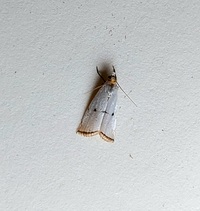
| Recorded by: Mark Basinger on 2024-09-05
Wilson Co.
Comment: |
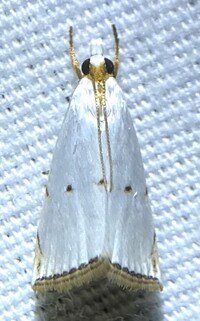
| Recorded by: Dean Furbish, Lior S. Carlson on 2024-08-17
Johnston Co.
Comment: | 
| Recorded by: Jeff Niznik on 2024-06-15
Scotland Co.
Comment: |
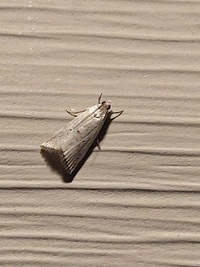
| Recorded by: Mark Basinger on 2023-10-30
Wilson Co.
Comment: | 
| Recorded by: Stephen Dunn on 2023-10-27
Orange Co.
Comment: |
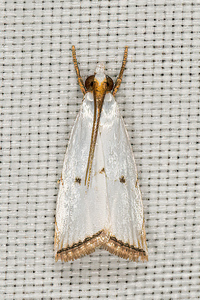
| Recorded by: Mark Shields on 2023-10-13
Onslow Co.
Comment: | 
| Recorded by: John Petranka on 2023-10-10
Warren Co.
Comment: |
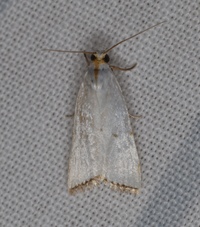
| Recorded by: Stephen Dunn on 2023-09-05
Orange Co.
Comment: | 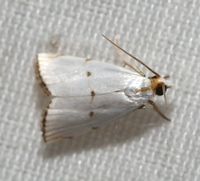
| Recorded by: David George, Jeff Niznik on 2023-09-04
Orange Co.
Comment: |

| Recorded by: David George, John Petranka on 2023-08-05
Orange Co.
Comment: | 
| Recorded by: David George, Stephen Dunn, Jeff Niznik on 2023-07-13
Orange Co.
Comment: |

| Recorded by: Jim Petranka, Becky Elkin, Steve Hall, and Bo Sullivan. on 2022-09-26
Scotland Co.
Comment: | 
| Recorded by: Jim Petranka, Steve Hall and Bo Sullivan on 2022-08-29
Moore Co.
Comment: |

| Recorded by: Jim Petranka, Steve Hall and Bo Sullivan on 2022-08-28
Moore Co.
Comment: | 
| Recorded by: John Petranka on 2022-08-17
Orange Co.
Comment: |
|

 »
»

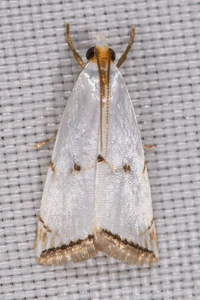

 »
»

